Aging Population
The Aqua Gym Equipment Market is significantly influenced by the demographic shift towards an aging population. As the global population ages, there is a growing need for fitness solutions that accommodate the physical limitations often associated with aging. Aqua gym equipment provides a safe and effective means for older adults to engage in exercise without the risk of injury commonly associated with traditional workouts. This demographic trend is underscored by statistics indicating that individuals aged 65 and older are increasingly participating in fitness activities, with many opting for water-based exercises. Consequently, the demand for specialized aqua gym equipment tailored to this age group is likely to rise, presenting opportunities for manufacturers to innovate and expand their product lines.
Rising Health Consciousness
The Aqua Gym Equipment Market is experiencing a surge in demand driven by an increasing awareness of health and fitness among consumers. As individuals prioritize physical well-being, the appeal of low-impact aquatic exercises becomes more pronounced. This trend is particularly evident in regions where obesity rates are rising, prompting a shift towards healthier lifestyles. According to recent data, the fitness equipment sector has seen a notable increase in sales, with aqua gym equipment gaining traction due to its effectiveness in promoting cardiovascular health and muscle strength. The industry's growth is further supported by the rising number of fitness centers and wellness facilities incorporating aqua gym equipment into their offerings, catering to a diverse clientele seeking innovative workout solutions.
Expansion of Wellness Tourism
The Aqua Gym Equipment Market is also being propelled by the expansion of wellness tourism, which emphasizes health and fitness as integral components of travel experiences. As more travelers seek destinations that offer wellness-focused activities, the demand for aqua gym equipment in resorts, spas, and wellness retreats is on the rise. This trend is supported by data indicating that wellness tourism is one of the fastest-growing segments in the travel industry, with consumers increasingly willing to invest in experiences that promote physical and mental well-being. Consequently, the integration of aqua gym equipment into these facilities not only enhances their offerings but also aligns with the growing consumer preference for holistic health experiences, thereby driving market growth.
Technological Advancements in Equipment
The Aqua Gym Equipment Market is poised for growth due to ongoing technological advancements in fitness equipment. Innovations such as smart aqua gym equipment, which integrates digital features for tracking performance and enhancing user experience, are becoming increasingly prevalent. These advancements not only attract tech-savvy consumers but also improve the overall effectiveness of aquatic workouts. Market data indicates that the incorporation of technology in fitness equipment is a key driver of consumer interest, with many individuals seeking tools that provide real-time feedback and personalized workout plans. As manufacturers continue to invest in research and development, the introduction of cutting-edge aqua gym equipment is likely to stimulate market growth and attract a wider audience.
Increased Popularity of Group Fitness Classes
The Aqua Gym Equipment Market is benefiting from the rising popularity of group fitness classes, particularly those conducted in aquatic environments. These classes not only foster a sense of community among participants but also enhance motivation and adherence to fitness regimens. Data suggests that group fitness classes have seen a resurgence, with many individuals seeking social interaction as part of their exercise routine. Aqua gym equipment is often utilized in these classes, providing a dynamic and engaging workout experience. As fitness centers and community pools expand their offerings to include aqua-based group classes, the demand for aqua gym equipment is expected to grow, reflecting a broader trend towards collaborative fitness experiences.


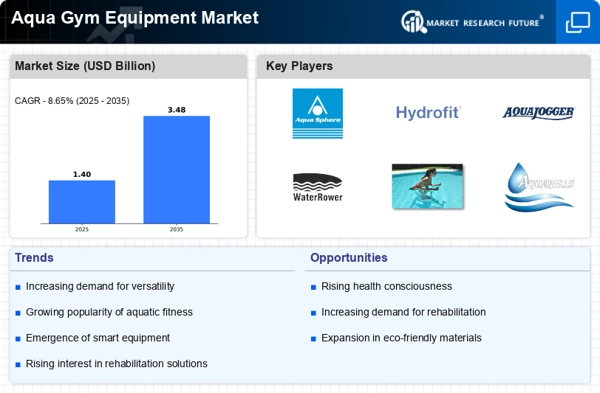
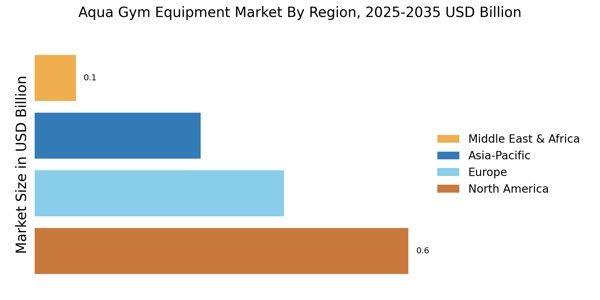
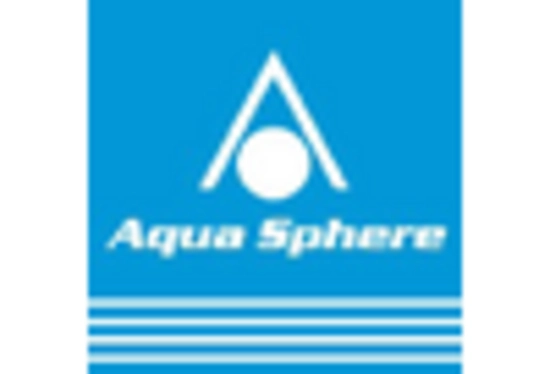
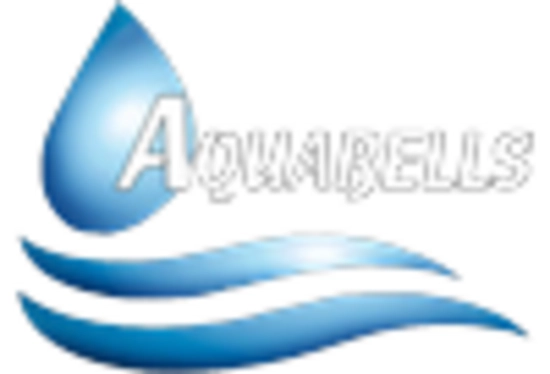
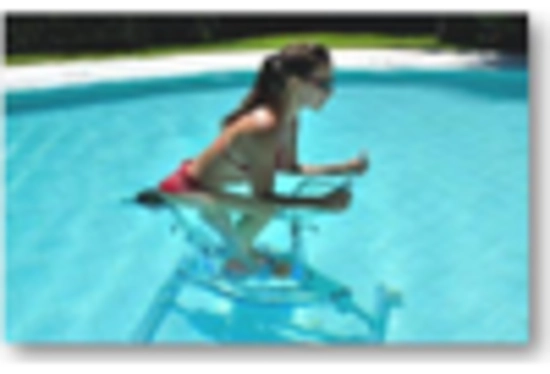
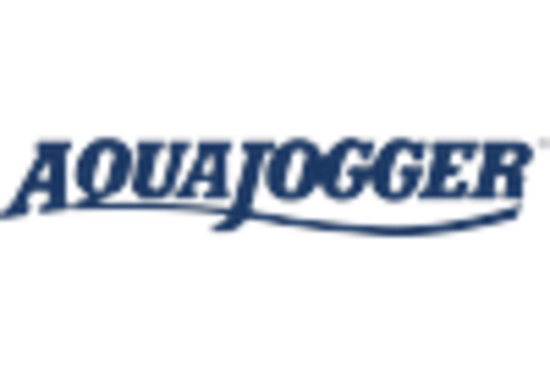
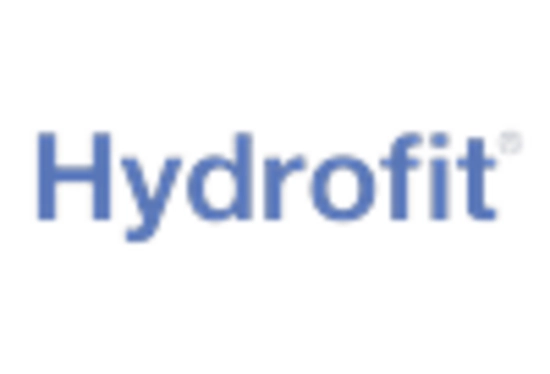
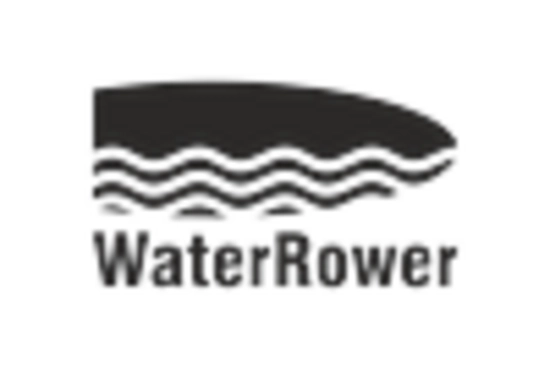








Leave a Comment